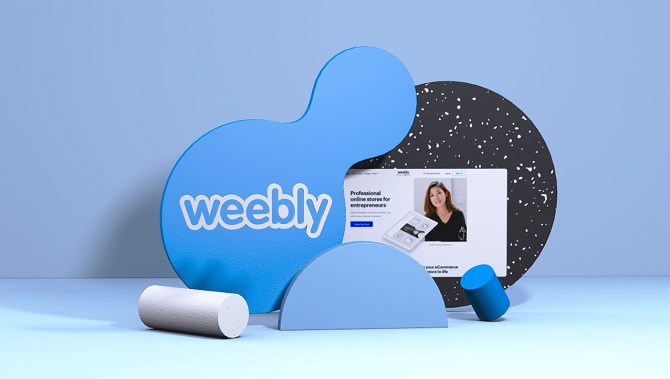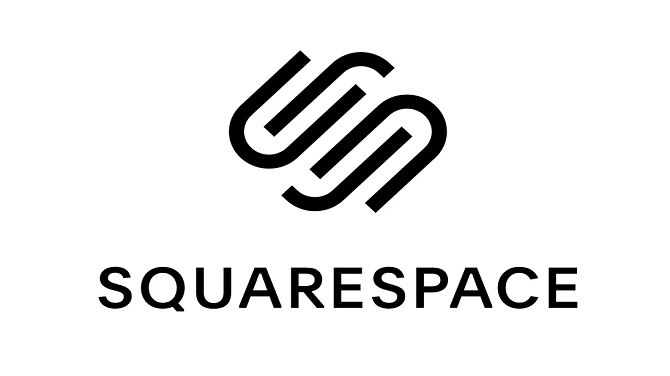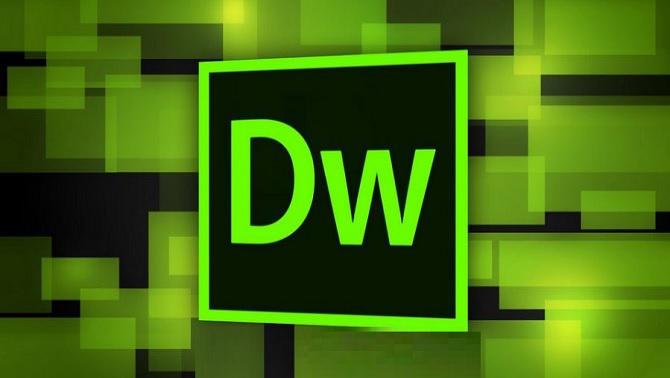Whenever anyone requires a landing page or a website, Webflow is usually suggested. The system enables users to effortlessly construct dynamic web pages and use many other capabilities, such as cooperation, but there’s a catch! It’s not as simple as you might assume to create your ideal landing page.
Webflow is a web design tool for folks content with building their websites. It has been developed to be an easy-to-use, one-click-deploy (or self-hosted) system utilizing templates developed by creative developers.
This blog has attempted to provide five of the greatest landing page builders suitable for makers, marketers, and entrepreneurs.
I’ve used all of the landing page builders listed below, and trust me when I say that they’re simple to use, inexpensive to get started with, and most of all, you don’t require any technical knowledge to create an SEO-friendly landing page in a day.
Table of Contents
What is Webflow?
Before we begin, you must understand what this network is all about. What exactly is Webflow? It’s a web design tool that enables you to develop websites swiftly. This tool allows designers to create simple websites without necessarily knowing HTML or CSS.
Some of the platform’s full capabilities are WYSIWYG (What You See Is What You Get) editing, multilingual support, one-click publishing, and collaborative technologies. These elements set it apart from other web platforms such as WordPress regarding simplicity of application and efficiency.
Why Would You Want to Utilize a Webflow Alternative?
The main selling point of Webflow is that it allows anybody to create a bespoke, good website without knowing how to code. Their online design approach is entirely graphical, and several people compare it to working with Photoshop or other design software. Webflow additionally provides fast and dependable hosting and a variety of configurable connectors, in contrast to the visual interface.
So, why must you hunt for an alternative to Webfllow? Even though Webflow is a versatile and powerful platform that could create any website, there are key factors why you might choose to use a different website builder.
Pricing
Generally, Webflow’s price is similar to that of its rivals, though it does vary depending on the package you choose. It is, however, far from the lowest choice accessible. If cost is a crucial consideration, you may certainly find a less expensive Webflow solution. Furthermore, Webflow’s price system is perplexing, making it hard to estimate how much your website would cost in the long term.
User-Friendliness
Although creating websites without coding is a big selling point for Webflow, that doesn’t guarantee the procedure would be simple for everybody. Webflow is incredibly adaptable and has several personalization choices, which is wonderful, but it has a steep learning curve. If you don’t have the time or motivation to understand Webflow’s outstanding capabilities, you can profit from looking for a simpler Webflow alternative.
That said, there are numerous tools available to assist you in learning how to utilize Webflow more effectively and quickly.
Alternatives to Webflow
Let’s have a glance at some of Webflow’s options for constructing a website without the need for sophisticated code. They keep everything simple even while producing excellent websites that can be customized to match the demands of any smaller company or person.
WordPress
By far, the most common website building platform is WordPress (it powered 39.6 percent of the internet in 2021.) You could quickly design and maintain your website with several plugins and choices accessible in its environment. It additionally has robust content administration capabilities, making it simple to produce and post fresh content on your website. WordPress is a free and open-source platform that can create both simple blogs and sophisticated eCommerce sites.
Pros:
- This system, which is open source and extensively supported, offers a nonalternative for most people and SMEs.
- This is an ever-evolving web development system that keeps pushing the boundaries of what could be done without writing a single line of code.
- At no extra charge, you can use the web address of your preference.
Cons
- All website hosting services are not created equal. Although they are a little more costly, a hosting firm with specific WordPress hosting solutions might be better for non-techies.
- Some of WordPress’s more advanced features are available for a fee.
- Because WordPress is so popular, it invites attackers. To keep your websites safe from cyberattacks, you’ll need to take extra precautions.
Weebly
Weebly is a basic website builder for small businesses that resemble Squarespace and Wix in many ways. Weebly provides an easy way to create a company website or online store, with a drag-and-drop editor and various stunning themes to select from.
Pros
- Weebly, like Wix and Webflow, offers a free plan. Furthermore, Weebly’s premium plans are less expensive than its competitors, starting at just $8/month.
- If necessary, you could change the HTML, CSS, and JavaScript on your Weebly site.
- Weebly is acquired by Square, which offers its own set of advantages when it comes to ecommerce. Even if you use Weebly’s free plan, you may add a shopping basket and infinite items to your online store.
Cons
- There is no convenient method to transfer your material from Weebly, making switching to another site difficult.
- Weebly’s templates aren’t as extensive as those on other sites, and they’re also less customizable.
- Little plugins: If contrasted with its competitors, Weebly offers fewer plugins.
Squarespace
Like other Web flows options, Squarespace makes the procedure of creating websites simple. You don’t require any coding knowledge, and once you’ve gotten used to its interface, creating beautiful websites is fast and easy. This software comes with many templates to help you get started, and they span a broad range of company areas.
Pros:
- It is an award-winning website builder with a large selection of ready-to-use layouts.
- Information that will normally be available as add-ons in other website builders is immediately incorporated into all templates, making it simpler to create exactly what you require.
- Customer service has routinely received high marks.
Cons:
- There is no free plan, and this option’s monthly subscriptions are the most expensive of the bunch.
Adobe Dreamweaver
Adobe’s Dreamweaver is a tool for swiftly creating unique, responsive websites. Dreamweaver is an offline website builder, unlike the majority of the other website builders on this listing. It’s designed for expert web designers and developers therefore it’s not a good Webflow alternative for the do-it-yourself crowd. One of the most well-known names in software development, Adobe Dreamweaver, provides a package of innovative products that includes this Webflow alternative as well as well-known programs like Photoshop, InDesign, Illustrator, and Acrobat. However, it does not provide hosting plans or free domain names.
Pros
- You could utilize materials from your Collections to develop websites in Dreamweaver if you use other Adobe applications.
- There are many options to assist you to create stunning, bespoke websites.
- A sneak peek: As you design your website, you can see how it would appear in the browser.
Cons
- If you want to add a blog or a shopping cart to your website, you’ll have to work with a third-party solution. Both of these interfaces are available through Webflow.
- This isn’t strictly a disadvantage, but if you want a code-free solution, Dreamweaver isn’t for you.
- Dreamweaver is available for $21 per month. This does not cover domain registration or maintenance, which must be bought individually.
Boxmode
The simplicity of usage is crucial, and this is among the most user-friendly Webflow options available. Boxmode provides a variety of options for quickly creating a website. Smaller companies, creatives, and web designers can utilize the pre-designed templates. Boxmode helps you build a contemporary and elegant website even if you aren’t an experienced developer, thanks to its straightforward interface, drag-and-drop editor, SEO settings, and other vital elements.
Pros:
- It’s a simple and easy website builder that doesn’t need any coding knowledge.
- It offers a robust toolkit containing useful widgets, PayPal and Unsplash integration, online store capability, and more.
- It has a free plan as well as paid versions with more features.
Cons
- Boxmode is useful for prototyping big enterprises but not for constructing complicated websites.
- One of the subscription plans is required if you wish to construct a website free of adverts and Boxmode branding.
Conclusion
Each of the aforementioned website-building platforms has its own set of advantages and disadvantages. Looking at your company requirements, your degree of technological and intellectual skills, and your plan for your company’s future to make the best decision. Understand that as your company develops and your demands alter, what you create today would alter.
As a result, it’s best to go with a device that’s strong, adaptable, and inexpensive. This would guarantee that your initial expenditure is minimized and that you can be up and running quickly, allowing you to focus on the growth and development of your company.





